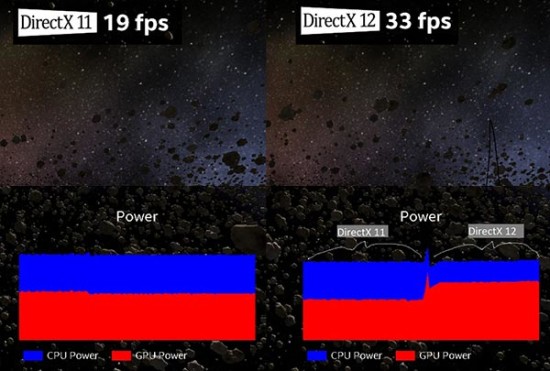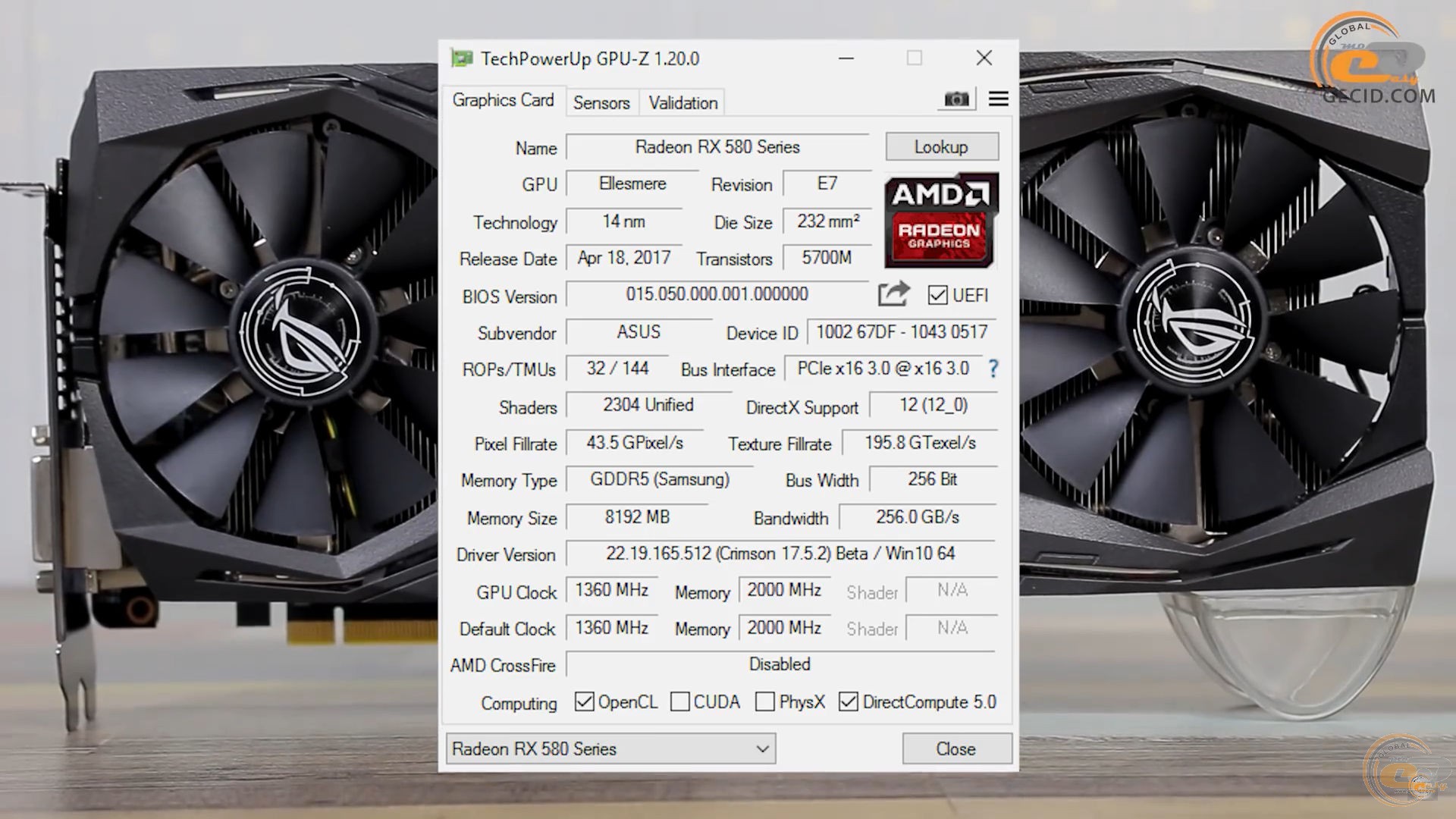

to DirectX 12: It is supported only on Windows 10 systems with DirectX 12 enabled video drivers. I'm currently working on adding DirectX 12 support to DirectX Tool Kit, but even when it is available you'll find that starting with Direct3D 11 is a lot easier than trying to jump feet-first into DirectX 12. The Direct3D 12 material is a bit thin, mainly consisting of the content on the DirectX-Graphics-Samples GitHub repo. There's a ton of tutorials, samples, books, and other educational material on Direct3D 11. Once you've mastered that, you should be in a good place to move to Direct3D 12 when it makes sense for your applications. If you are entirely new to Direct3D, I strongly suggest you start with DirectX Tool Kit and its tutorials using Direct3D 11.
#DIRECTX 11 OR 12 DRIVER#
This exposes the memory model of the driver and makes the GPU/CPU synchronization a manual process that's a bit akin to 'lock-free programming' on the CPU. Direct3D 11 is also a "low-level" graphics API, but DirectX 12 has such a thin abstraction that many complexities of modern GPUs are exposed directly to the application programmer complexities that Direct3D 11 hides from you.ĭirect3D 12 is very powerful, but to achieve a very low CPU overhead, the API and runtime do very little to help you out.

It is designed to allow middleware engines and low-level graphics developers to have maximum control over the behavior of the GPU. It assumes you are already an expert in how the Direct3D 11 runtime works to the point that you can basically write it yourself. In short, Direct3D 12 should be thought of as "DirectX Extreme Pro".
#DIRECTX 11 OR 12 FULL#
Wardell also reaffirmed the same findings above regarding the performance gain on AMD graphics cards.īoth the podcast and the full Anand Tech report are well worth checking out, if you've got the time.I've answered this question before so you should take a look at that post. DirectX 12 could handle 600K draw cells, compared to DirectX 9's 6K, according to Wardel, who strangely didn't talk about the limit for DirectX 11. That aside, gaming podcast The Inner Circle sat down with Stardock's Brad Wardell to talk about DirectX 12 and he revealed some stunning details. As a result, the load is balanced across all CPU cores, increasing the performance and utilising up to four cores.

As for AMD, the Raden R9 290X managed 8.3 frames-per-second on DirectX 11, and 49.2 on DirectX 12.Īccording to the report, the demo manages those impressive results on DirectX 12 because the API eliminates the CPU bottleneck by scaling very well with all available CPU cores, something which most APIs have been struggling to do on PC for years. Nvidia's GTX 980 achieved 26.7 frames-per-second on DirectX 11, and a whopping 66.8 on DirectX 12. What's given those results you ask? Well, the website ran Star Swarm Tech Demo on multiple cards from both manufacturers. Without going into a lot of technology talk, even though I would love to, DirectX 12 increases the performance of existing GPU hardware by 400% on AMD GPUs and some 150% on Nvidia GPUs. Technology specialist site AnandTech ran some early tests on the DirectX 12 build available in the latest version of Windows 10 and shown performance increases that are through the roof. An early build of DirectX 12 has been tested and the results are extremely promising.


 0 kommentar(er)
0 kommentar(er)
